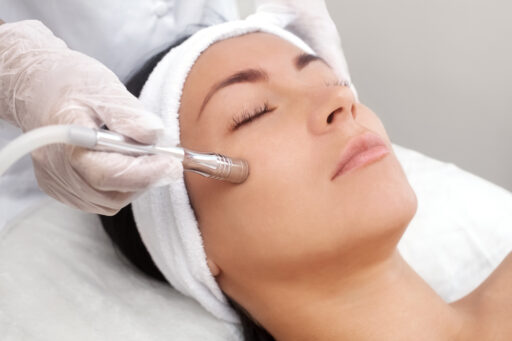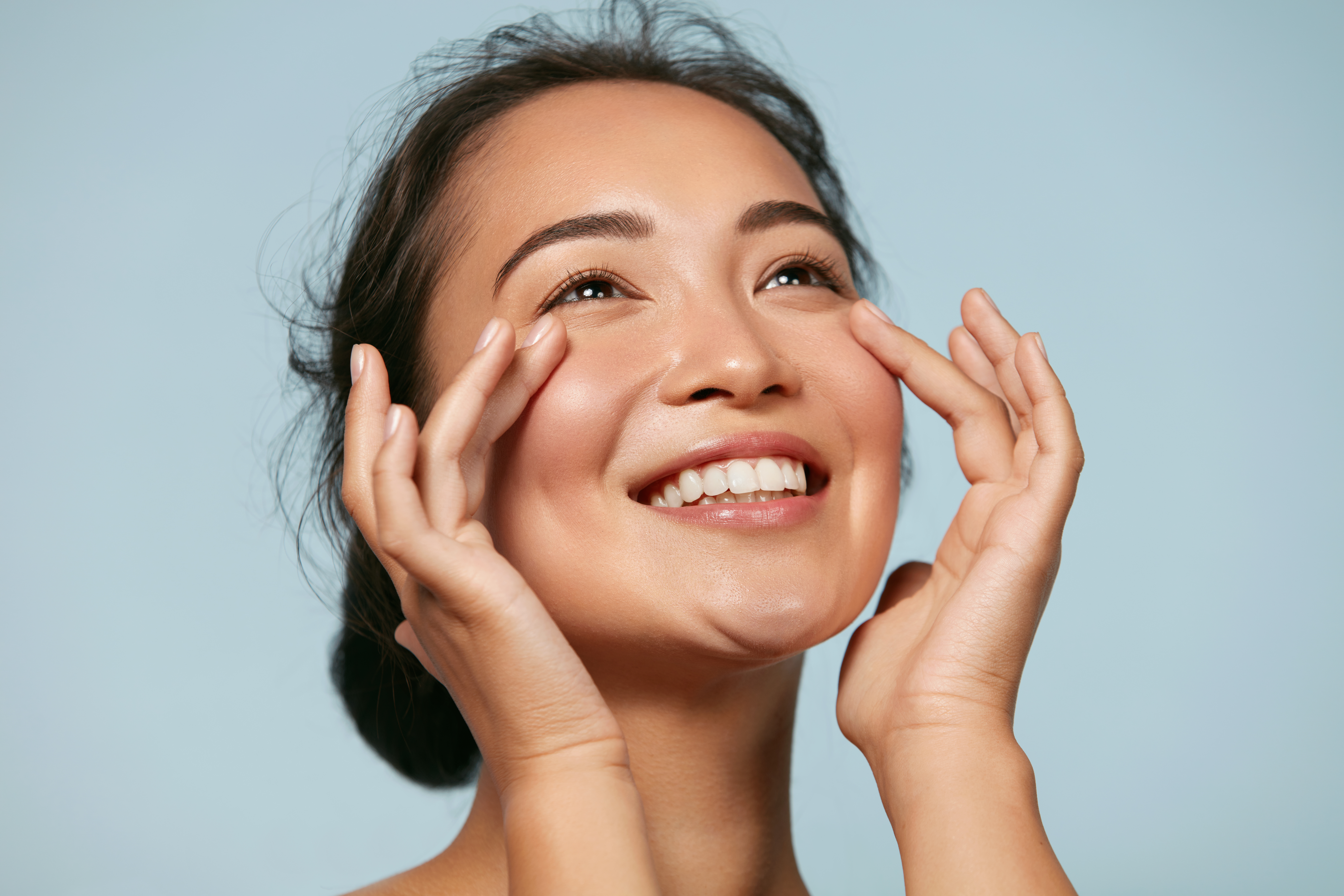If you’re looking to improve the texture and appearance of your skin, microdermabrasion might be the answer you’ve been searching for. This minimally invasive treatment involves using a special device to exfoliate away dead skin cells, leaving your skin looking smoother and more radiant.
We’ll cover everything you need to know about microdermabrasion, including how it works, what to expect during the treatment, and the benefits it can offer for your skin. Whether you’re a first-time microdermabrasion client or simply curious about this popular skincare treatment, we’ve got you covered.
What Is Microdermabrasion?
Microdermabrasion is a gentle and non-surgical treatment that involves the use of a mildly abrasive device to exfoliate the top layer of skin and remove dead skin cells. This procedure can help improve the overall tone and texture of your skin. After just one treatment, you can expect to see a smoother and more luminous appearance in your skin. With ongoing treatments, you can see an improvement in overall skin health.
Microdermabrasion can be an effective treatment for light scarring, discoloration, sun damage, and can also improve the work of other topical medications. This treatment can renew overall skin tone and texture, and improve the appearance of skin affected by sun exposure, wrinkles, acne, and other conditions.
Benefits of Microdermabrasion
Microdermabrasion offers a variety of benefits for your skin. It instantly creates a smoother-feeling complexion and makes skin look more glowy. This treatment targets uneven tone, including sun spots and acne-related hyperpigmentation. It also helps boost skin cell turnover and unclogs pores for those prone to acne. Microdermabrasion allows other products to absorb more deeply to improve efficacy and minimizes the look of fine lines and wrinkles. This treatment offers almost immediate results, making it a great option about a week before a big event, and also has cumulative results when you get the treatment performed regularly.
Here are the 3 Types of Microdermabrasion
When it comes to microdermabrasion, there are three main types to choose from. Each type has its own unique benefits and uses. Here are the three types:
- Diamond Tip: This type of microdermabrasion uses a diamond-tipped wand to gently remove and vacuum away excess dead skin. It’s like using a very fine-grit sandpaper. Diamond tip microdermabrasion is great for treating fine lines, wrinkles, and mild acne scars.
- Crystal Microdermabrasion: This type of microdermabrasion uses tiny crystals that are shot through a tube to remove dead skin cells. The vacuum portion then suctions off the dead skin, debris, and crystals. Crystal microdermabrasion is great for treating sun damage, age spots, and uneven skin tone.
- Hydradermabrasion: This type of microdermabrasion combines exfoliation with hydration. As the device removes dead skin cells, a hydrating serum is infused into the skin. Hydradermabrasion is great for treating dry skin, fine lines, and wrinkles.
Overall, microdermabrasion is a safe and effective way to improve the look and feel of your skin. With these three types to choose from, you can find the one that best suits your needs and skin type.
Who Can Benefit from Microdermabrasion?
If you’re looking to achieve smoother, brighter, and healthier-looking skin, microdermabrasion is an excellent option for you. It’s particularly effective for individuals who want to address hyperpigmentation, discoloration, fine lines, wrinkles, and mild acne scars. When used in conjunction with other topical therapies, microdermabrasion can help soften shallow lines and wrinkles, unclog pores, and even out the complexion.
When Not to Get Microdermabrasion
Microdermabrasion is not suitable for everyone, especially those with sensitive or reactive skin. If you have psoriasis, rosacea, or eczema, it is best to avoid this procedure unless a medical professional specifically directs otherwise. Dendy Engelman, a board-certified cosmetic dermatologist, warns that microdermabrasion can potentially worsen these conditions. It is essential to consult with a dermatologist before undergoing this treatment.
What are the Costs of Microdermabrasion?
The cost of microdermabrasion can range from $100 to $500, depending on various factors. The final price is influenced by the location, the type of treatment, and the experience level of the professional performing the procedure. Additionally, the cost may also vary based on the area being treated and whether you opt for additional services.
Can You Do Microdermabrasion at Home?
Yes, you can do microdermabrasion at home using professional-style tools such as the Personal Microderm Elite Pro and Lancer Pro Polish Microdermabrasion Device. These devices work similarly to professional treatments, but the results may not be as dramatic. It is important to follow hygiene protocol and directions when using these devices to avoid any adverse effects. With proper use, at-home microdermabrasion can be an effective way to improve skin texture and appearance.
Looking After Your Skin After a Microdermabrasion Treatment
After microdermabrasion, it is advised to avoid using other exfoliating or harsh products for at least three days to prevent skin irritation or stripping of the skin barrier. You may experience some redness, irritation, peeling, or itchiness post-treatment. It is best to refrain from touching or picking at the treated area. Instead, apply gentle and hydrating toners, serums, and moisturizers to soothe and maintain your skin’s radiance.







